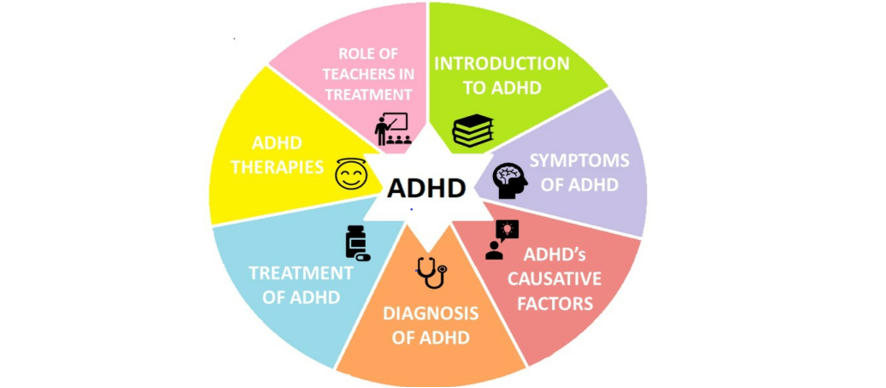
A review on learning disability - Attention Deficit Hyperactivity Disorder (ADHD)
Abstract
The most common and thoroughly investigated neuropsychiatric disorder affecting children and adolescents is attention-deficit/hyperactivity disorder (ADHD), which is characterised by age - inappropriate inattentiveness, hyperactivity, and restlessness. A full patient background, medical interview, and a complete physical examination are all required for the diagnosis of ADHD. A number of other illnesses can resemble ADHD or interact with it. The doctor must notice environmental elements that may influence the severity of the condition displayed by the ADHD child or adolescent. Treatment with a stimulant is likely to result in an instant, and often dramatic, reduction in the basic symptoms of ADHD. ADHD symptoms, which were considered to reduce as a kid aged, may linger throughout adolescence and adulthood, according to studies published in the last 20 years. This article provides a review of most materials have emerged and clinical data on the assessment and therapy of ADHD in children and teens to aid in making suitable and cautious clinical decisions. Teachers are in charge of guiding pupils not just in academics or extracurricular activities, as well as in shaping their destinies and developing them into better people. A teacher instills in students knowledge, morals, customs, contemporary difficulties, and strategies for overcoming them. Hence, the role of teachers in treatment is very crucial.
Keywords: Attention Deficit Hyperactivity Disorder, ADHD, Drugs used in ADHD
Keywords
Full Text:
PDFRefbacks
- There are currently no refbacks.
Copyright (c) 2023 ScienceIn Publishing
ISSN 2348 - 0874
 |